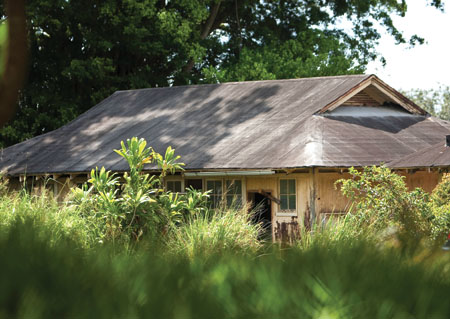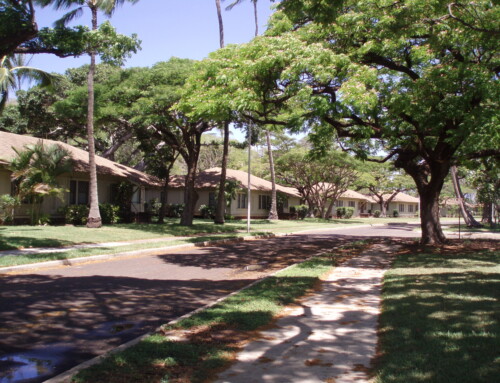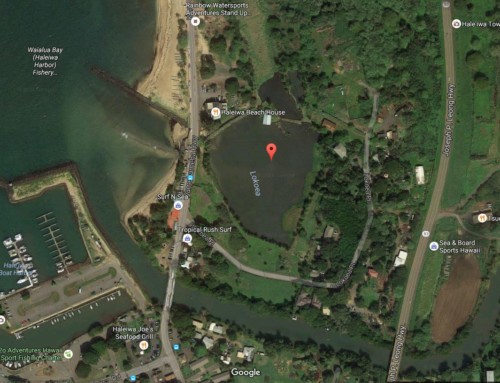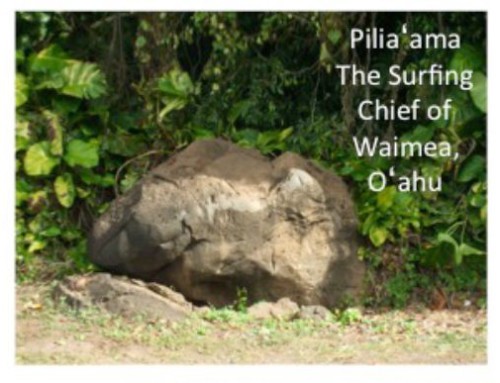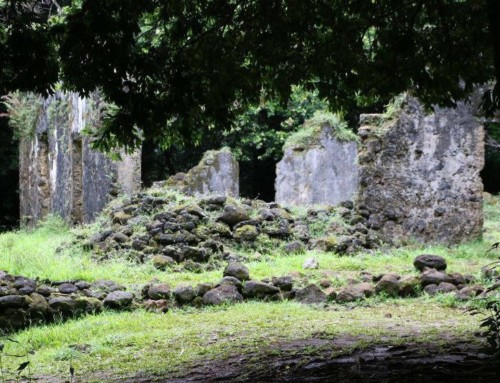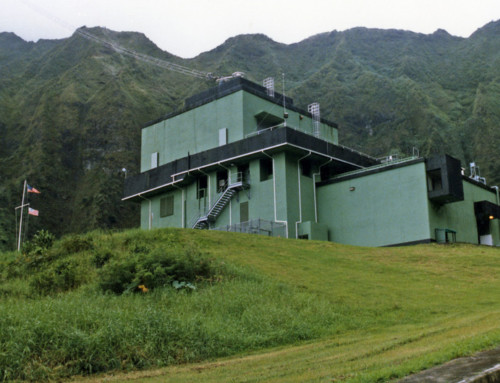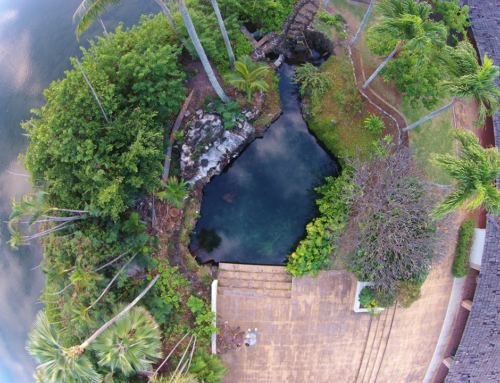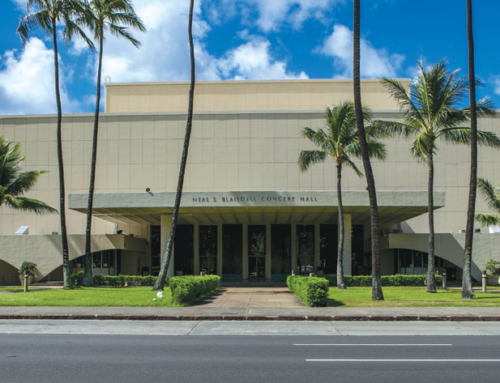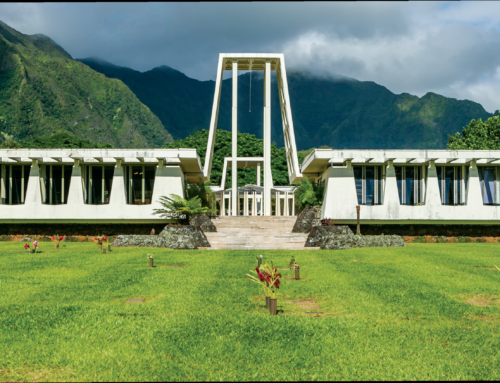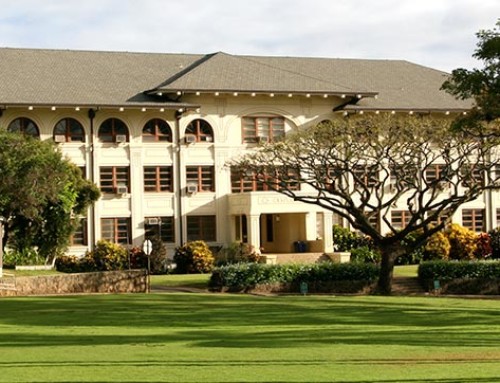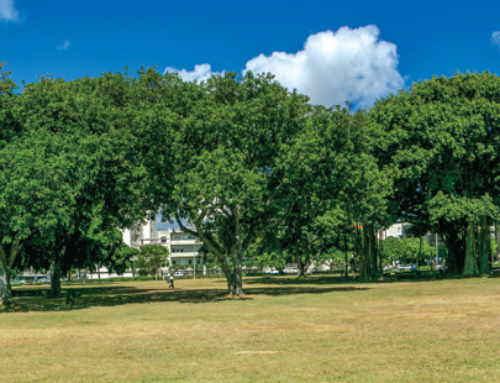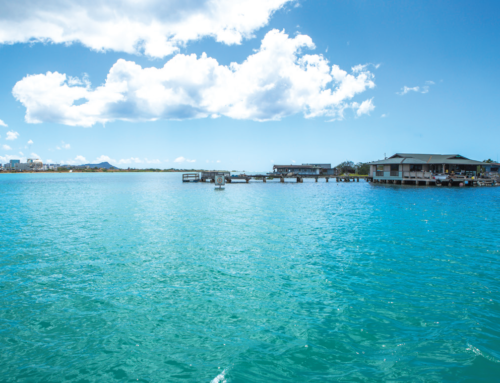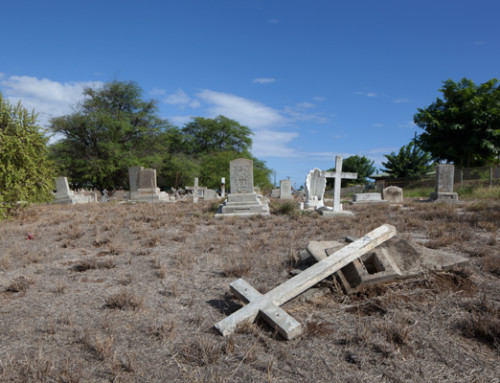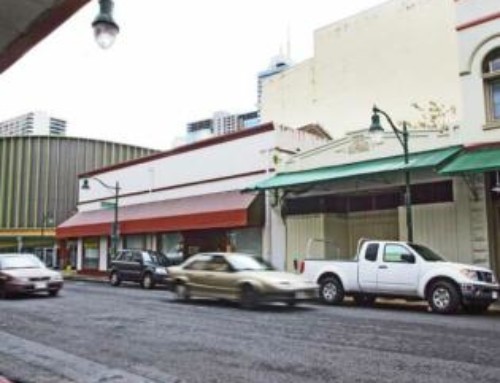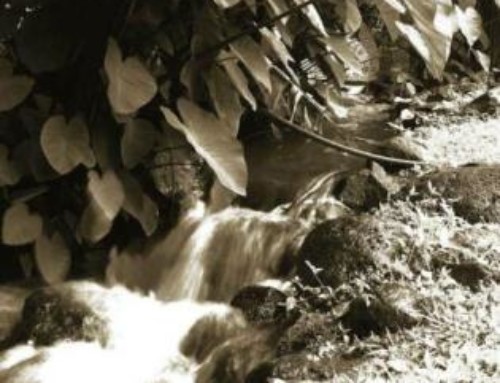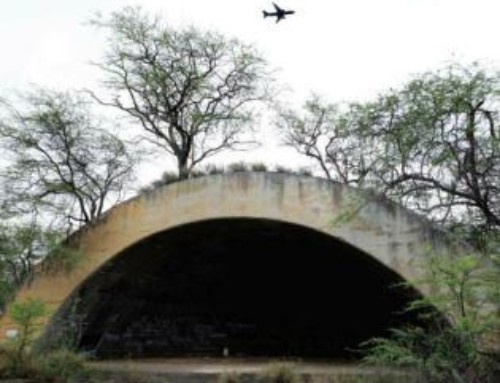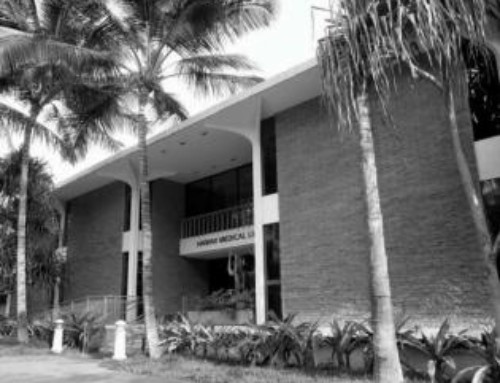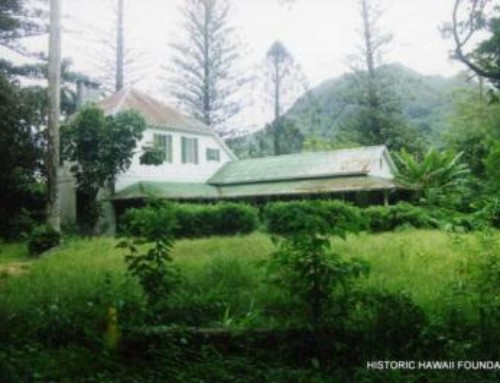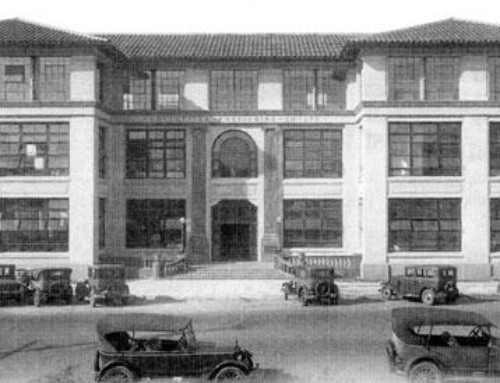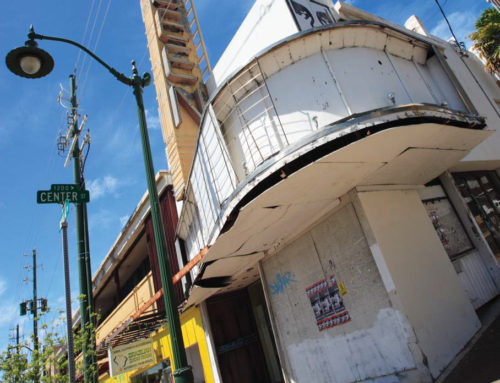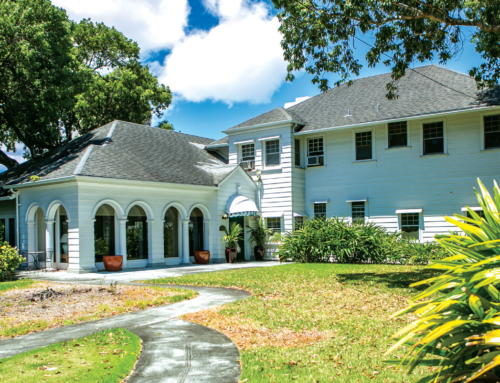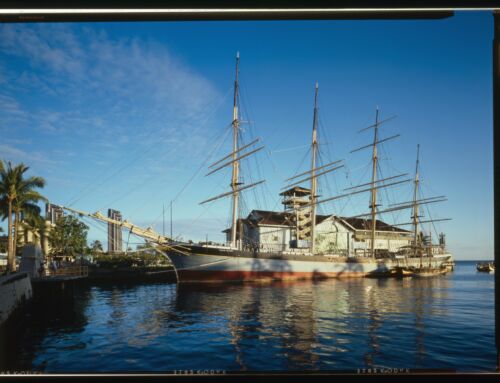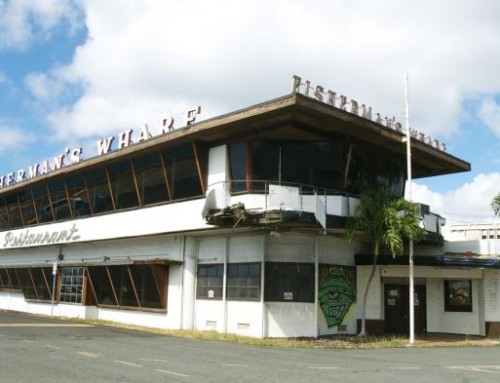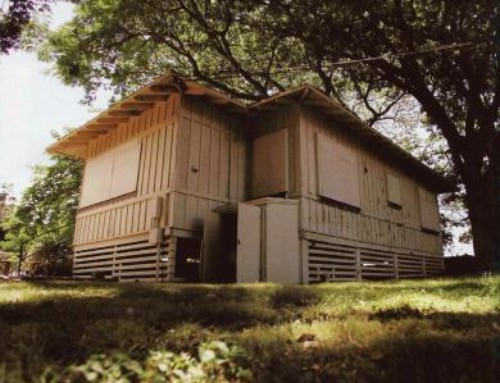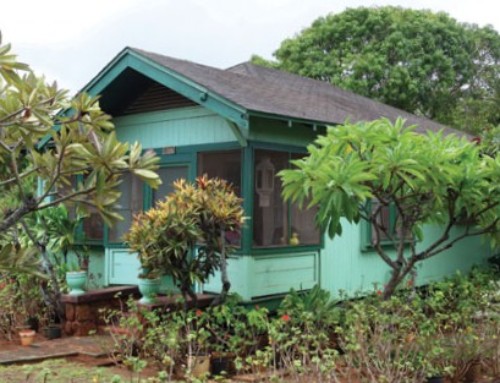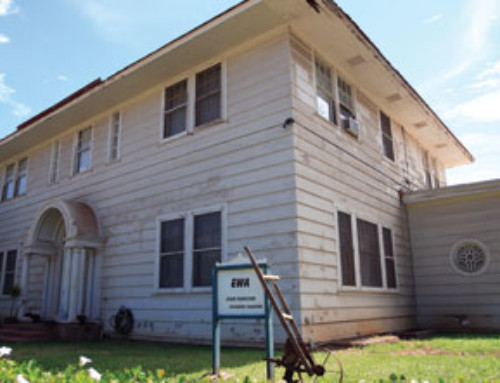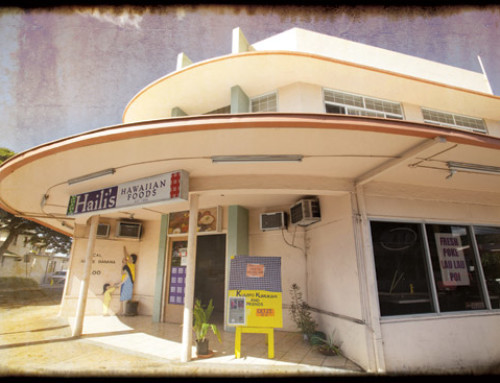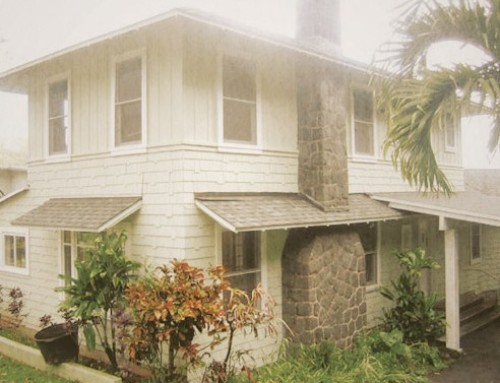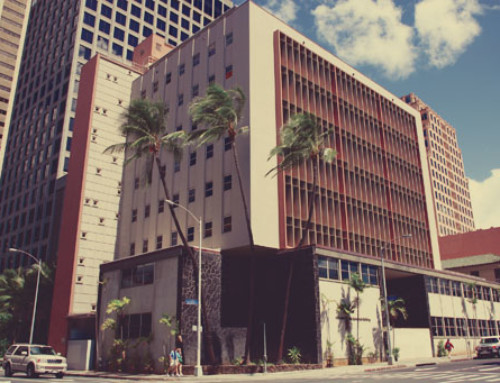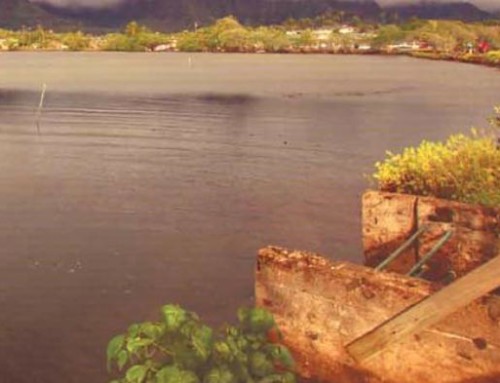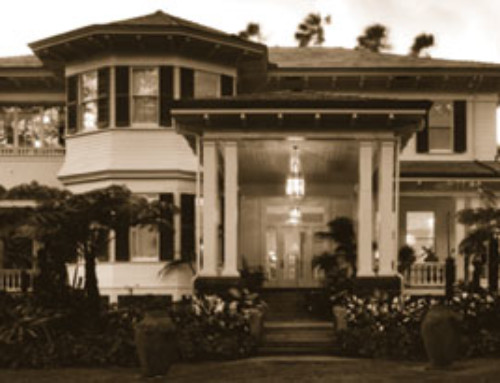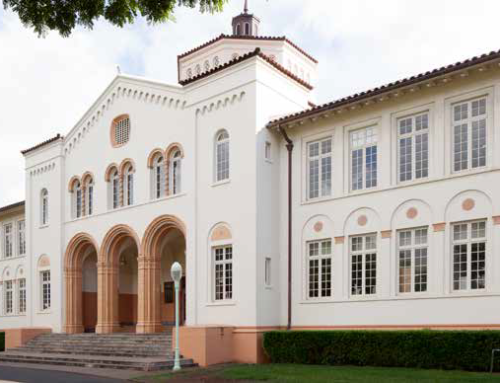Photos: Courtesy of David Croxford
Update: 2010
Article Written By: Jenny Quill, HONOLULU Magazine
According to Janice Okubo, a spokesperson for the Hawai‘i state Department of Health, the 12 support buildings built between 1936 and 1954 at Waimano Ridge, formerly Waimano Training School and Hospital, are set to be demolished. At press time, a contract had been awarded for the demolition of the structures and work was expected to begin within a few months.
LISTED AS ENDANGERED IN 2009
Article Written By: Jenny Quill, HONOLULU Magazine
What is it?
Located on approximately 265 acres of land above Pearl City residential neighborhoods, Waimano Ridge was home to the Waimano Training School and Hospital (WTSH), an institutional incarceration facility for people with developmental disabilities. Established in 1919, the hospital, which was originally known as the Waimano Home for the Feebleminded, was shuttered in 1999 following years of rumors about dingy conditions and questionable patient treatment.
Today, Waimano Ridge is a medical facility in transition. It currently hosts a number of state organizations and programs: The old Waimano Training School and Hospital was renovated and is being used by the Department of Public Safety. Other buildings house Department of Health (DOH) offices, the DOH Laboratory facility, Mental Health Transformation State Incentive Grant offices and a juvenile sex offender program. “
What threatens it?
Following the hospital’s closure, its support buildings, the oldest of which were built in the mid-1930s, and the newest of which, Hale Aloha, was built in 1977, languished into disrepair until the Department of Health decided to transform Waimano Ridge into a modern medical community.
Bringing the site up to code, however, has required significant updating. A survey of Waimano Ridge’s facilities, which were built of wood, concrete or concrete block, showed that roughly half of the buildings were suitable for long-term continued usage, while 12 buildings built between 1936 and 1954 have been earmarked for demolition. “Their time has come,” says Fukino. “A number of the very old buildings, the roofs are caving in, the sides are caving in. Almost all of them are wooden structures or corrugated metal structures that are beyond repair. Those will be demolished.”
What can be done?
At the time this issue was going to press, the Department of Health was sending out RFPs for the demolition of the 12 buildings. The Historic Hawai‘i Foundation (HHF) is holding out hope that the buildings can be preserved. “Although the plantation vernacular cottages are the victims of deferred maintenance and present significant repair challenges,” says HHF executive director Kiersten Faulkner, “the later concrete buildings are still sound and could be rehabilitated. The history of all of Hawaii’s citizens should have a place in our collective recollections, including the memory of people with developmental disabilities who were housed here.”


